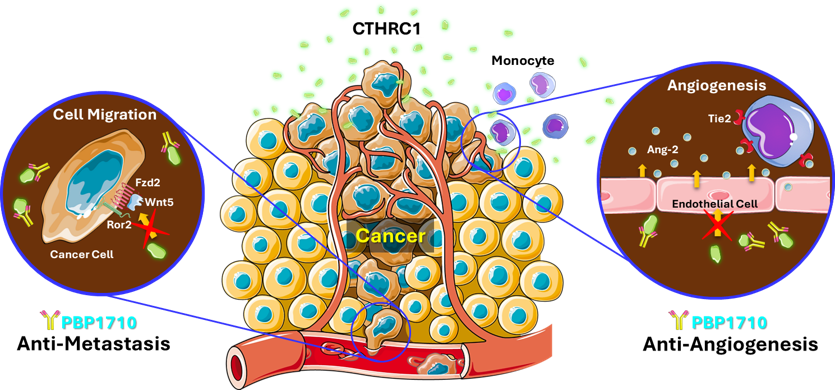PBP1710
First-in-Class monoclonal antibody
Anti-CTHRC1
PBP1710 specifically binds to CTHRC1 and exerts anti-metastasis and anti-tumor growth effects
Mechanism of Action
CTHRC1 promotes cancer cell migration through activation of the Wnt5 signaling pathway by forming CTHRC1-Wnt5-Fzd2/Ror2 complexes on cancer cells.
CTHRC1 stimulates formation of blood vessels (angiogenesis) in tumor tissues by upregulating the secretion of Ang-2, a Tie2 ligand, from endothelial cells. Activation of Ang-2/Tie2 axis in monocytes is critical in tumor angiogenesis.

Publication
[1] Pan-cancer analysis combined with experiments predicts CTHRC1 as a therapeutic target for human cancers. Cancer Cell Int (2021).
[2] CTHRC1 induces non-small cell lung cancer (NSCLC) invasion through upregulating MMP-7/MMP-9. BMC Cancer (2018).
[3] CTHRC1 promotes angiogenesis by recruiting Tie2-expressing monocytes to pancreatic tumors. Exp Mol Med (2016).
[4] CTHRC-1 promotes pancreatic cancer progression by regulating migration and adhesion of tumor cells. Carcinogenesis (2013).
Phase of Clinical Research
Pipeline : PBP1710 (Anti-CTHRC1)
Category : mAb (monoclonal antibody)
Indication : Solid Tumors
Development Stage
- Preparing for preclinical trial 25%



